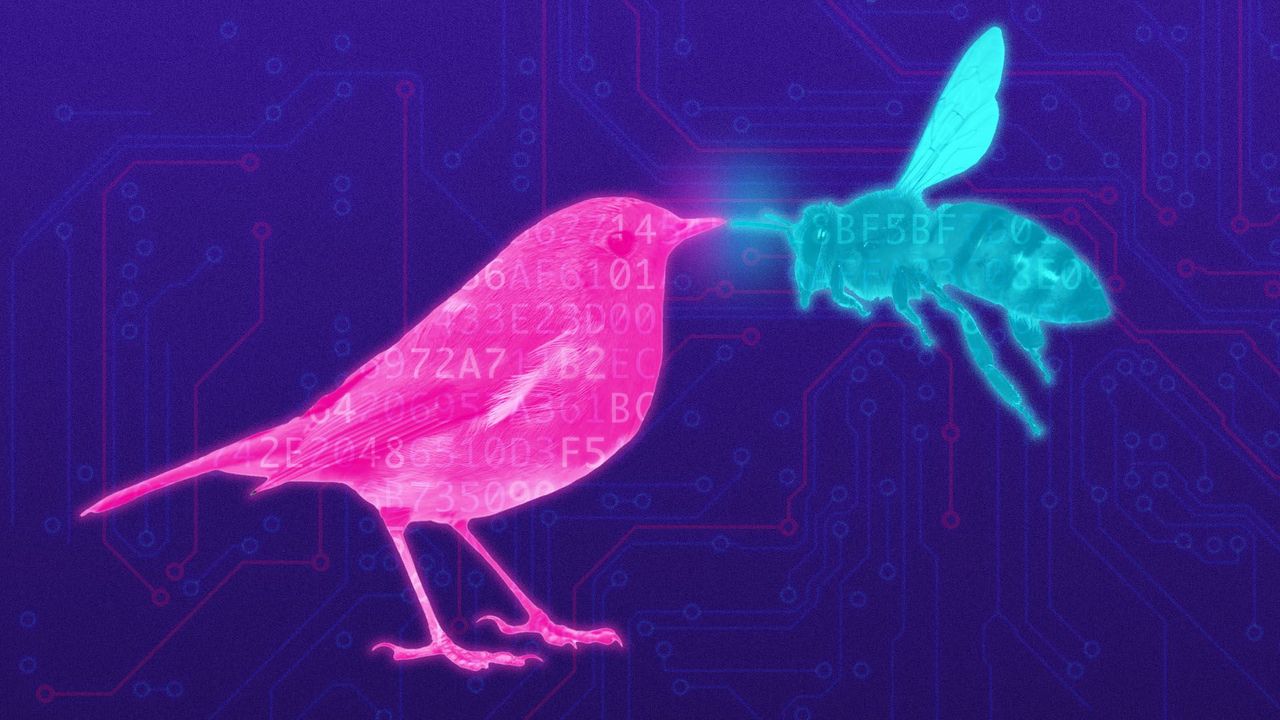As birth rates fall in the U.S., reproductive technology is entering a brave new world

As the U.S. fertility rate falls to a 35-year-low, new technologies promise to radically change how we have babies.
Why it matters: The demand for assisted reproductive technology like IVF is likely to grow as people delay the decision to have children. But newer advances in gene editing and diagnostic testing could open the door for a revolution in reproduction, raising ethical questions we haven't begun to answer.
By the numbers: New data from the CDC indicates the U.S. had just 58.2 births per 1,000 women aged 15 to 44 in 2019, a 1% decline from the previous year and the lowest level since 1984.
- Overall population in the U.S. increased by just 0.4% in 2020 to 329 million — the lowest growth rate since at least 1900.
- The Brookings Institution predicts the U.S. could experience 300,000 fewer births this year because of the wider effects of COVID-19.
Between the lines: The one age group in the U.S. where births are increasing is among women over 40, a factor of both delayed marriage and cohabitation and improved fertility technology.
- From 2009 to 2017, the total number of assisted reproductive technology (ART) cycles increased by more than 8% a year on average.
- But as more prospective mothers are turning to IVF, the technology is still far from perfect, with live births per IVF cycle actually declining in recent years.
What's happening: New technologies and practices offer some hope for improving IVF in the near future.
- Researchers tried to train an AI algorithm to identify the quality of embryos and found the model could differentiate between high- and low-quality embryos with about 97% accuracy — higher than most fertility professionals.
- New York-based TMRW Life Sciences is rolling out an automated platform capable of flash-freezing and precisely tracking the eggs and embryos created during the IVF process, which helps reduce errors that affect success rates.
- "300 million people are going to be born as a result of IVF this century, driven by all the demographic, economic and cultural forces you can imagine," says Joshua Abram, TMRW's co-CEO. "But at the end of the day, embryology and IVF is really all about specimen management, and we're able to bring that management system into the 21st century."
What's next: IVF is already more than 40 years old, but the next stage of reproductive technology is likely to be even bigger — and even more ethically complex.
- Prospective parents can already employ preimplantation genetic testing (PGD) to screen IVF-created embryos for hundreds of possible genetic abnormalities. But as both genetic sequencing technology and our knowledge of the genome improves, it's possible parents will be able to screen embryos with far more detail, including for intelligence and even cosmetic traits.
- As long as IVF remains expensive and uncomfortable, there will be natural limits to its use. But in his fascinating book "The End of Sex," the bioethicist Hank Greely projects a near-future of what he calls "easy PGD," where artificial reproduction — including the ability to screen and select the "best" embryos — essentially displaces making babies the old-fashioned way.
- As stem cell science improves, Greely predicts parents of the future won't even need to harvest eggs. Instead, skin cells could be reprogrammed to become egg or sperm cells, potentially allowing parents to create thousands or even millions of embryos, and choose the one they want.
- In such a future, LGBT couples could produce children that share the genes of both partners, and single parents could create a child on their own, by generating both the egg and sperm cells from their own bodies.
Of note: As gene editing improves, parents of the future may not even need to screen and pick embryos, instead writing in the genetic profile they desire.
The catch: This technology doesn't exist for humans yet, and any effort to purposefully edit human embryos for "desirable" traits depends on far greater knowledge of the human genome than scientists currently possess — and raises enormous ethical questions.
- An international commission concluded in September that gene-editing is still far too immature to introduce heritable DNA modifications into human embryos — but left the door open for changes in the future.
The bottom line: In the future, prospective parents will have a bewildering array of new ways to have children.